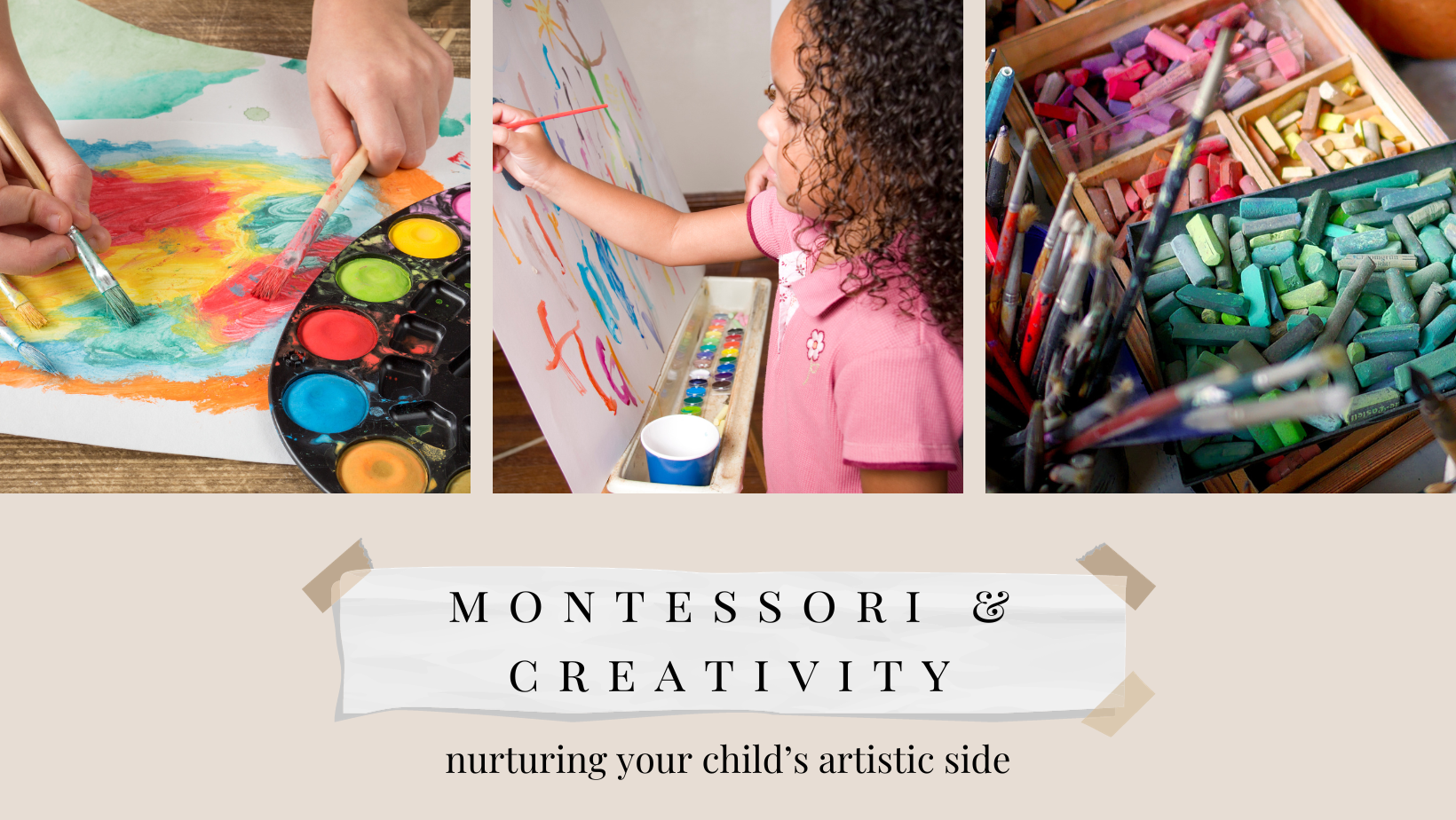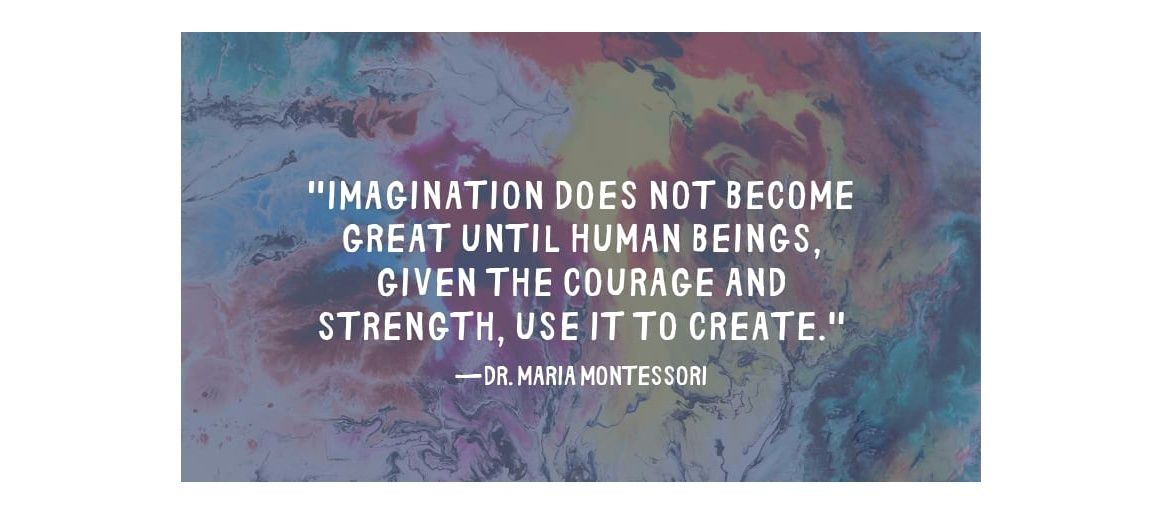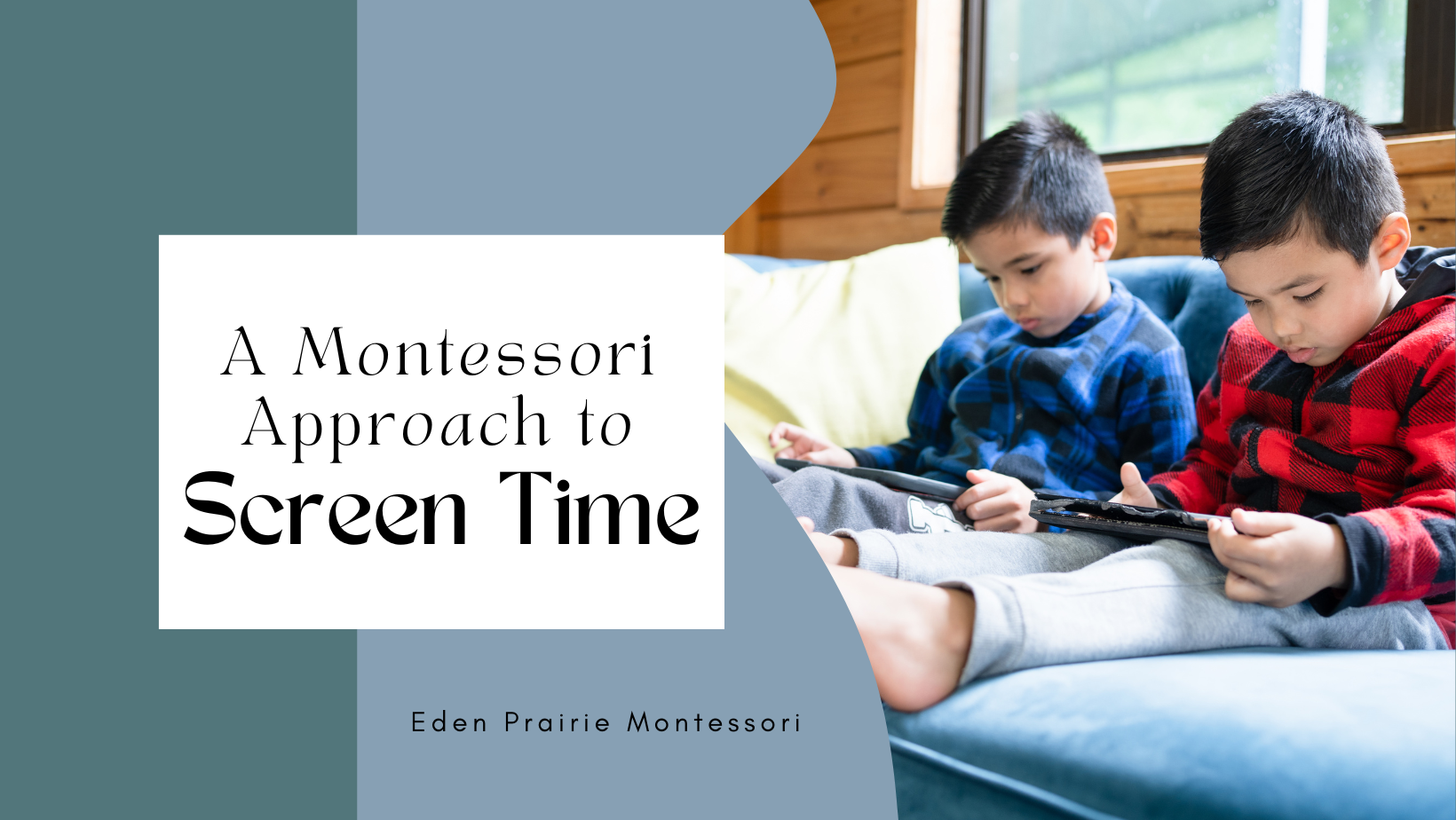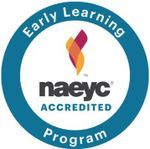Eden Prairie Montessori Learning Blogs
Montessori and Creativity: Nurturing Your Child's Artistic Side



Art is an essential component of learning in a Montessori classroom. Maria Montessori recognized and valued our ability to be creative; according to her it is one of the key human tendencies...
In Montessori, children are seen as naturally creative and their initiative-driven natures are cultivated to the fullest. Montessori classrooms and the high-quality materials within are designed to appeal to young children, who are encouraged to develop their artistic skills. In each classroom there are dedicated art shelves ensuring students always have access to art materials for creative expression. Everything in the "prepared environment" is designed to inspire creativity and build a love of learning.

At Eden Prairie Montessori, art plays an important role in developing fine motor skills, hand strength, and coordination. Cutting, gluing, modeling, crayoning, and painting are five foundational skills that prepare students for the next phase in their creative journeys. Once students master basic lessons in these areas they move on to activities which involve more steps, colors, and materials.
Arts and crafts in Montessori are very open-ended and process-based, which is vital to helping children develop creative skills. This is in contrast to a traditional public school classroom, where children are often instructed to make prefabricated crafts following set instructions. Montessori classrooms are stocked with a variety of art materials for children to explore.

The calm, natural backdrop of a Montessori classroom allows the child's creative art projects to stand out and be appreciated. Art projects are displayed at eye-level, allowing children to better enjoy the end results of their creative process.
Art engages the senses, particularly touch and sight, so it is immediately appealing to children. While they spend time focusing on art, they will learn to become confident in self-expression and their motor function.
Art is very good at helping children stay on a single task for a long period of time, as their only limit is their imagination. This makes it an ideal type of work to help develop focus, a critical skill for all children.
To say art is important to Montessori is an understatement - it’s fundamentally one of the purest expressions of the Montessori mindset. A child allowed to focus and create art is directing their education, motivating themselves, and expressing themselves. Art is one of the greatest joys in the Montessori classroom, and your children will love every minute.

How to Encourage Your Child's Artistic and Creative Side at Home:
To express artistic ideas you will need to set up creative tools and art materials. These need to be accessible and appealing to children. The organisation and range of materials should encourage choice.
You may wish to include these art supplies:
● paper of different qualities, sizes and colors
● pencils, crayons, felt tips
● glue (sticks or small pots with spatulas), small scissors, tape
● string, ribbons, wool, glitter, sequins, pasta, beads, fabrics, paper of different textures, sticks, leaves and petals for collages
● sponges, wood blocks or vegetables for printing
● stencils and objects to draw around
● threading, sewing and weaving activities
● play dough, Fimo or clay
● boxes of different shapes and size
● paints and clean brushes ready for use
● an apron or smock (an old t-shirt will do just fine)

Materials on a Budget:
You don’t need to splurge on an expensive art kit, easel, and canvases. Children like to create on just about any surface.
One budget-friendly thing you can do is save recyclable materials like tissue boxes, toilet paper tubes, and other sturdy cardboard to paint on. These types of materials introduce a three-dimensional concept into their art, as well as give them extra perspectives to consider while painting. And, if you’ve ever seen a toddler’s excitement at the idea of drawing inside a huge cardboard box, then you know that no expensive art “stuff” is really needed!

Remember to Complete the Cycle:
Children should be responsible for their work from start to finish, which includes the clean-up required of any given art project. That might mean they have to wash out their paint cups or use a sponge to clean splashes off the table. It might mean carefully transferring a wet piece of artwork to the designated “drying shelf” or cleaning liquid glue out of a paint brush.
As with everything else in the Montessori classroom, children learn to “complete the cycle” from start to finish. From the time they put on their paint smock, until they take that smock off and put it away, they learn to be responsible for their creative process.
Keep it Simple:
We want our children to love art! We want them to love color and texture and shapes and lines. It is our hope that they learn that art is one of many creative outlets and that it’s fun! Children need to learn that it’s okay to make mistakes and get messy and that there’s more than one way to be creative.

Resources & Credits:
https://reachformontessori.com/
https://www.teachearlyyears.com
https://childrenshouse-montessori.com/
Here at Eden Prairie Montessori Learning, the fun and learning never stops! We are proud to have educational programs available for students year-round, including unique Montessori summer programs that allow children to explore art, music, nature, language and more.

Contact us today to get your free informational e-packet or book a tour!
Contact Information:
7455 Market Place Dr
Eden Prairie, MN 55344-3635
Phone: (952) 944-8466
Email: north@epm.education
Mon to Fri: 7:00am to 5:30pm
Sat & Sun: Closed
All Rights Reserved | Eden Prairie Montessori Learning







